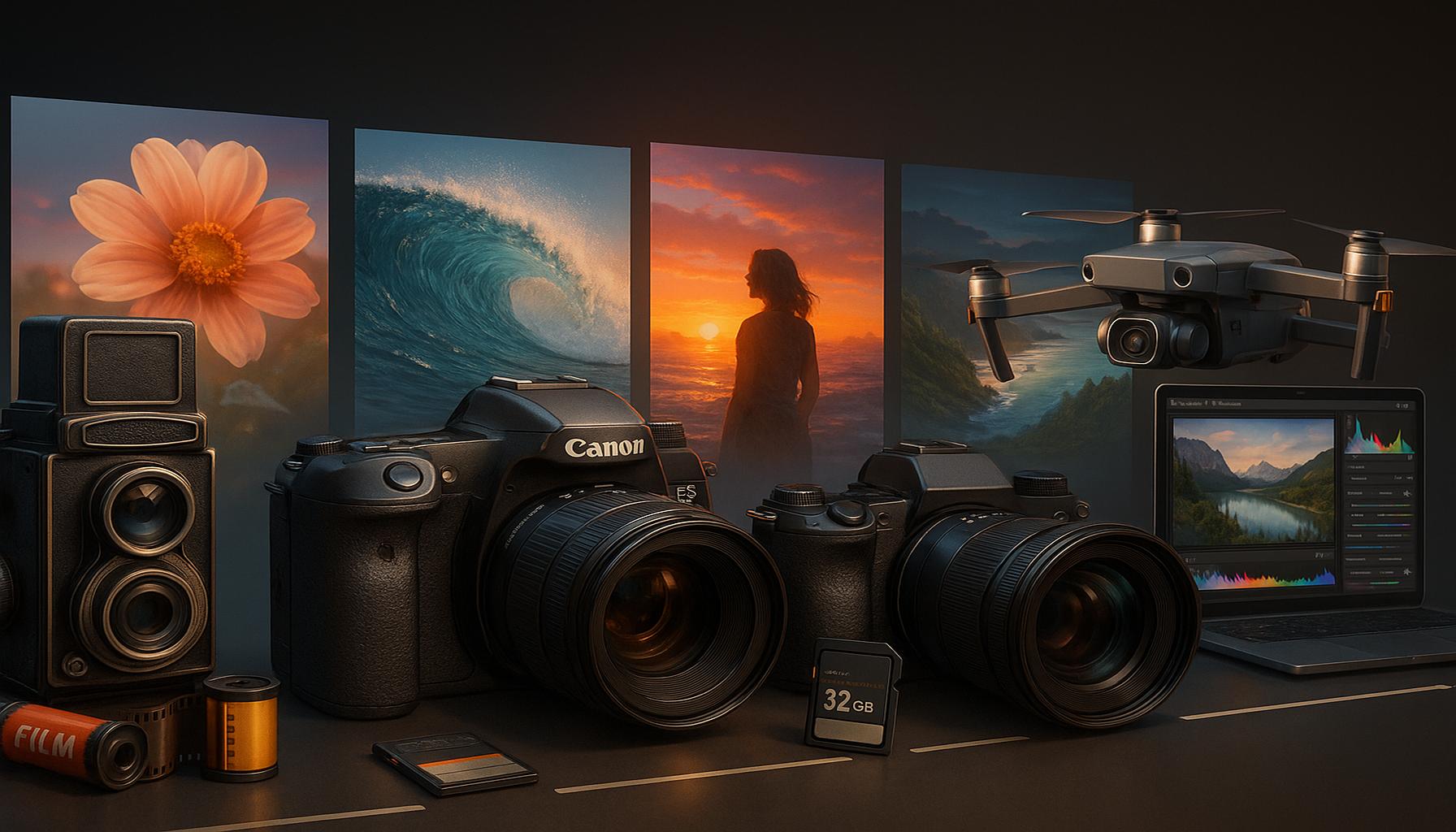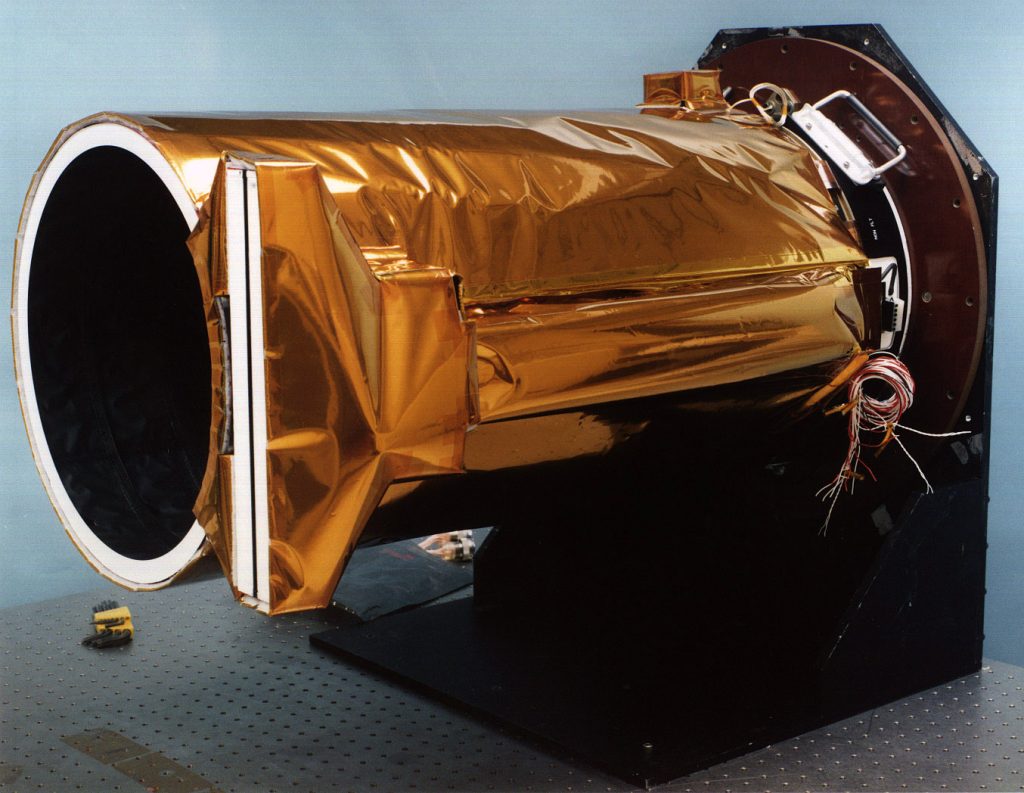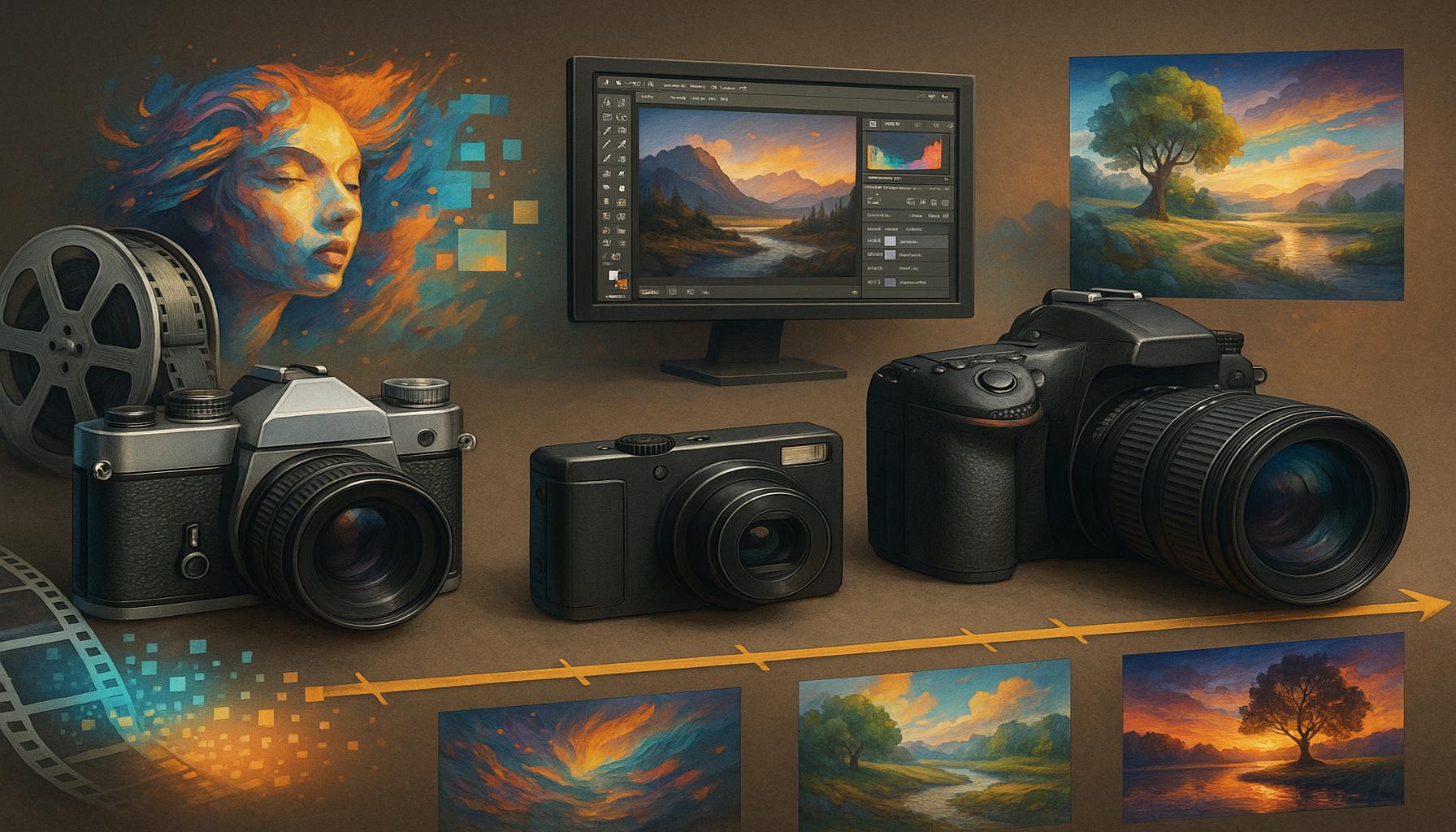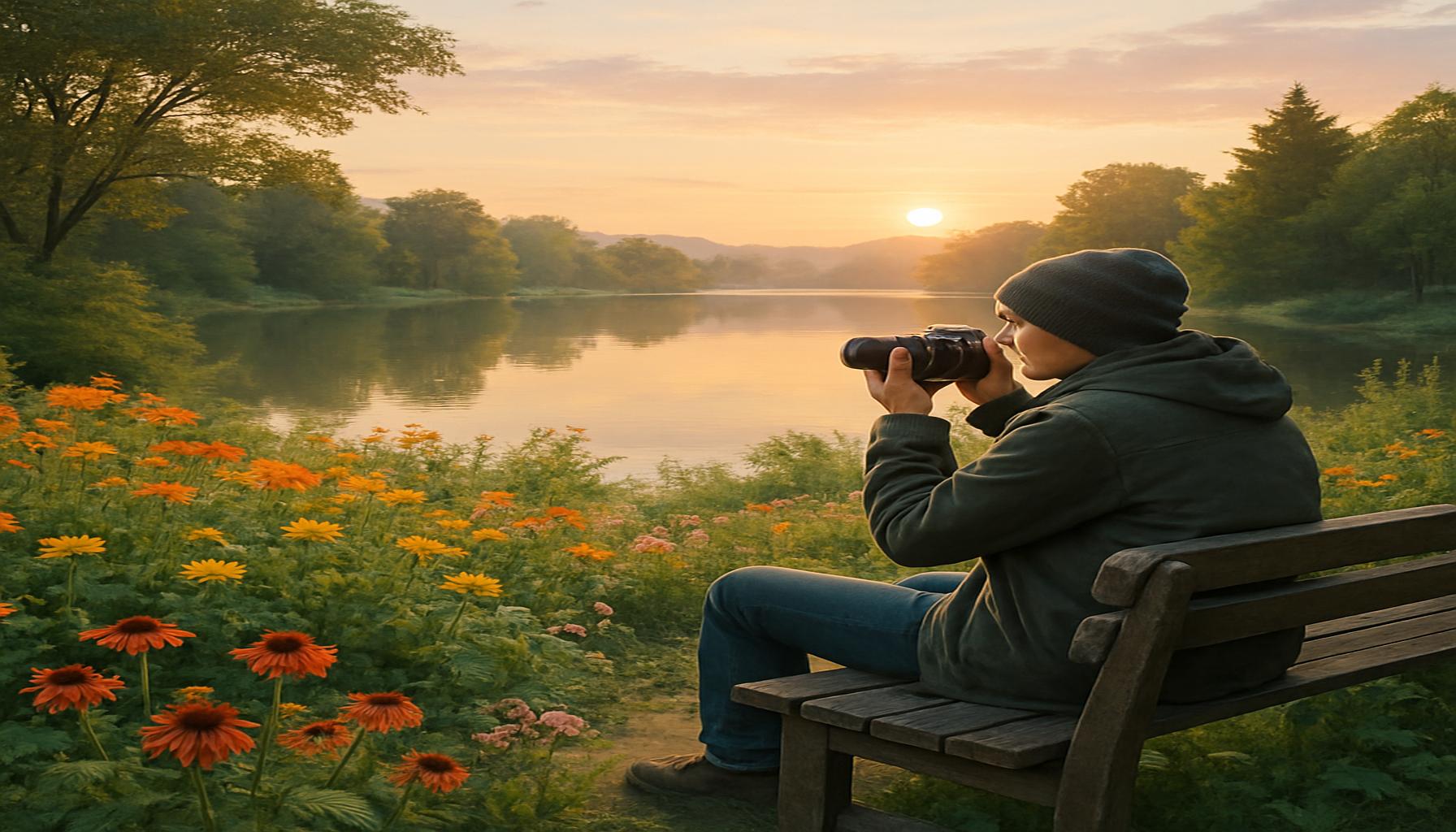Digital Photography Evolution How Tech is Revolutionizing Image Art

In the ever-evolving world of creative hobbies, digital photography stands out as a remarkable testament to technological advancement. As cameras become more sophisticated and accessible, aspiring photographers are empowered like never before to express their artistic vision. This transformation not only enhances image quality but also democratizes the art of capturing moments, allowing anyone with a smartphone to become a storyteller.
With innovations in image processing software, camera technology, and social media platforms, the landscape of photography is witnessing a rapid metamorphosis. These improvements profoundly impact how we see and share our world, prompting both hobbyists and professionals to adapt their techniques and approaches. In this article, we will explore the key advancements fueling this change.
Join us as we delve into the top 5 technological advancements that have revolutionized digital photography, highlighting their significance and influence in shaping contemporary imaging practices. Discover how new tools are enhancing creativity, accessibility, and the overall art of capturing life’s fleeting moments.
The Evolution of Digital Photography: How New Technologies are Transforming the Art of Capturing Images
The transformation of photography over the past few decades is a testament to the relentless progression of digital technology. Once confined to the realms of analog film and chemical processing, photography has transcended into a new era, catalyzed by technological advancements that have drastically changed how we capture, process, and share images. This evolution has reshaped our perception and interaction with visual narratives, marking an era where photography is not just a profession, but an integral aspect of everyday life. In this article, we delve into the top five elements of this evolution, uncovering how these new technologies have redefined the art of photography, from the sixth to the first position.
5. The Rise of Smartphone Photography
The advent of the smartphone is arguably one of the most revolutionary changes in the domain of digital photography. Today’s smartphones come equipped with cameras that rival—and at times surpass—the capabilities of entry-level digital cameras. This transformation has rendered photography accessible to the masses, democratizing the art form and allowing everyone to become a photographer in their own right.

Modern smartphones boast high-resolution sensors, sophisticated imaging processors, and features such as optical zoom, portrait modes, and remarkable low-light performance. These advancements have enabled individuals to capture high-quality images effortlessly, pushing creative boundaries without the need for professional equipment. This accessibility not only fosters individual creativity but also encourages emerging photographers to refine their craft. As a result, smartphone photography has exploded, with billions of digital images captured daily, driving a revolution in how we document our lives and express creativity through composition and narrative.
4. The Impact of Social Media
Social media has fundamentally changed the landscape of photography, turning it into a powerful platform for expression and engagement. Platforms like Instagram, Flickr, and Pinterest have turned every smartphone user into a potential curator of digital content, offering unprecedented opportunities for photographers to gain recognition and build an audience.
- Visibility: Through strategic sharing and networking, photographers can rapidly gain exposure and reach a global audience.
- Community: Hashtags and community forums allow users to connect with like-minded photographers, facilitating an exchange of techniques, ideas, and feedback.
- Feedback Loop: Instant feedback from social media followers provides valuable insights into audience preferences and trends.
However, the pressure to conform to popular styles and trends for more likes and shares can detract from a photographer’s authentic voice, creating a tension between artistic integrity and digital popularity.
3. Advancements in Camera Technology
Camera technology has seen tremendous advancements that have expanded the creative horizons for photographers. Whether in digital single-lens reflex (DSLR) cameras or the newer mirrorless systems, the strides in technology have rendered traditional equipment more powerful and versatile.
Sensors have improved drastically, capturing higher dynamic ranges and more accurate colors, while autofocus technologies have become faster and more precise. These improvements allow photographers to focus on their creative vision without being hindered by technological limitations. In addition, features such as 4K video capabilities, continuous shooting, and advanced image stabilization provide photographers with the tools to capture exceptional images in challenging conditions.
Overall, the evolution of camera technology has raised the bar for photographers, driving a competitive environment where quality and innovation are paramount.
2. Post-Processing Revolution
The digital age has ushered in sophisticated post-processing capabilities that empower photographers to transform their images. Software such as Adobe Photoshop and Lightroom are pivotal in refining and manipulating images with precision and creativity.
These tools allow photographers to have complete creative control over every aspect of their image— from adjusting colors and exposure to removing imperfections and applying intricate effects. This control not only helps photographers bring their artistic visions to life but also sets new standards for aesthetic excellence in photography. The rise of mobile editing applications further democratizes this process, offering a range of tools to those using smartphones to edit and enhance their photos on the go.
This post-processing evolution has fundamentally altered our expectations from images, where the post-editing phase often drastically changes the original captured moment into a refined masterpiece.
1. Artificial Intelligence and Machine Learning
The integration of artificial intelligence (AI) and machine learning into photography marks the frontier of digital evolution, offering profound enhancements in both capturing and processing images. Modern cameras and editing software leverage AI to provide features like scene recognition, automatic adjustments, and advanced focusing capabilities.
These AI-driven functionalities make photography more intuitive, bridging the gap between professional and amateur photographers. AI not only enhances the photographer’s ability to achieve stunning results but also opens new paths to creativity. By analyzing one’s photographic style, AI can suggest edits, automate repetitive tasks, or organize images, freeing the photographer to focus more on the creative process rather than technical challenges.
The influence of AI is also felt in the realm of image curation, where smart algorithms help manage photo libraries, organizing and tagging images based on content. This streamlined approach allows photographers to efficiently navigate their collections while harnessing more time for creative pursuits.
In conclusion, the evolution of digital photography is a compelling journey shaped by groundbreaking technologies that have redefined both the mechanics and artistry of capturing images. As technological innovations continue to propel forward, they promise to further dissolve the barriers between reality and imagination, allowing the art of photography to reach new heights.
| Innovation in Camera Technology | Key features | Advantages | Disadvantages | Beneficiaries |
|---|---|---|---|---|
| Mirrorless Cameras | Compact size, fast autofocus, and high-quality image sensors. | Lightweight and versatile, allowing for rapid shooting and ease of transport. | Battery life can be shorter compared to DSLRs, and fewer lens options may be available. | Photography enthusiasts and travelers looking for quality images without heavy equipment. |
| Smartphone Cameras | Integrated convenience with advanced features like AI, HDR, and multiple lenses. | Accessibility and instant sharing capabilities make photography easier for everyone. | Image quality may not match professional cameras in low-light conditions. | Casual photographers and social media influencers seeking creativity and convenience. |
| Drones | Aerial photography with high-resolution cameras, remote controls, and GPS tracking. | Offers unique perspectives and brilliant imaging options that are difficult to achieve otherwise. | Can be expensive, and regulatory restrictions may limit usage in certain areas. | Real estate photographers, filmmakers, and nature photographers seeking innovative angles. |
| Image Editing Software | Tools that allow for advanced manipulation and enhancement of digital images. | Creative control over the final image, empowering photographers to realize their vision. | May require extensive learning to master, leading to potential frustration. | Professional photographers and hobbyists desiring to improve or revise their images. |
The photography landscape continues to evolve at an extraordinary pace. Innovations like mirrorless cameras are making it possible for photographers to carry their tools without being burdened by weight, while smartphone cameras democratize photography, enabling users to capture and share their moments instantly. Drones introduce an exciting new dimension, allowing aerial perspectives that were once only achievable through expensive equipment and painstaking logistical planning. Moreover, image editing software has transformed the creative process. Photographers today can enhance their work with professional-grade modifications, opening doors to endless possibilities for artistic expression. But with these advancements come challenges. The learning curve for mastering new technology can be steep, and as cameras become more complex, understanding their functionality becomes essential for optimal usage.The benefits of these technological transformations in photography extend across demographics. From casual users who share their experiences on social media to seasoned professionals who push the boundaries of creativity, all can find value in understanding and adapting to these changes. Each innovation holds the potential to redefine the art of capturing images, suggesting an ever-brightening future for photography as a whole.
Frequently Asked Questions on the Evolution of Digital Photography
What are the major technological advancements that have shaped digital photography?
In recent years, digital photography has been revolutionized by several key advances. The integration of AI-powered algorithms allows cameras to enhance image quality by optimizing settings like exposure and focus. Furthermore, high-resolution sensors have become more prevalent, offering unparalleled detail even in low light conditions. The development of mirrorless cameras has also played a crucial role, offering compact designs without compromising quality. These technologies, among others, continue to push the boundaries of what’s possible in photography.
How has mobile photography impacted traditional photography practices?
Mobile photography has dramatically transformed photography by making it more accessible to the masses. Smartphones now come equipped with powerful cameras that challenge traditional DSLRs in terms of convenience and quality. Features like multi-lens setups and advanced editing apps allow users to capture professional-grade images with a device that fits in their pocket. This shift has democratized photography, enabling creativity to flourish among amateurs and professionals alike.
What role does post-processing play in digital photography today?
Post-processing is more prominent than ever in the digital photography landscape. Software like Adobe Lightroom and Photoshop offer extensive tools to modify images, ranging from simple color corrections to complex artistic edits. Additionally, the rise of AI in post-processing has made enhancements more efficient, allowing for real-time improvements and the automatic removal of unwanted elements. This technological edge is crucial for photographers striving to stand out in a visually saturated market.
Are there any environmental concerns related to the advancement of digital photography?
As technology advances, there are indeed environmental considerations to keep in mind. The manufacturing process of cameras and smartphones often involves rare and harmful materials. Moreover, the need for cloud storage to house growing image libraries contributes to a substantial carbon footprint due to the energy demands of data centers. While digital photography continues to advance, there’s an increasing call for more sustainable practices within the industry.
How is digital photography expected to evolve in the next decade?
Looking forward, digital photography is poised to embrace further innovations. Trends suggest a move toward even more sophisticated AI enhancements, real-time computational photography, and augmented reality integrations. The fusion of photography with emerging technologies like 5G networks and IoT devices promises to unlock new possibilities for capturing and sharing experiences instantaneously. As these technologies evolve, so too will the art and technique of photography, paving the way for new creative frontiers.
Conclusion: Transformative Advances in Digital Photography
The journey of digital photography has been nothing short of revolutionary, reshaping the way we capture, perceive, and create images. This article explored the transformative impact of technology on the art of photography, highlighting several key advancements that have driven this evolution. From the emergence of highly sophisticated sensors to artificial intelligence-enhanced editing tools, the possibilities for photographers today are unprecedented.
We delved into the democratization of photography, emphasizing how smartphones have put powerful cameras in the hands of virtually everyone. This shift has not only expanded the number of individuals who can explore photography as a creative hobby but has also diversified the types of images being captured globally. Furthermore, advancements in connectivity through the internet and social media platforms have democratized the exhibition space, allowing creators to share their work with a wider audience than ever before.
In addition, the integration of technology like machine learning and AI into editing software has made previously complex processes more accessible. Now, photographers can focus more on their creative vision rather than getting bogged down by technical details. Moreover, the continual progression towards higher quality and more customizable options in camera technology enables artists to push the boundaries of their creative expression.
Overall, the digital age has enriched the art of photography, opening up new possibilities and challenges. As technology continues to evolve, so too will the art of capturing images, offering endless opportunities for those who seek to explore this immensely rewarding creative hobby. We stand at the fascinating intersection of tradition and innovation, where creative expression finds new life through the lens of modern technology, urging both seasoned photographers and novices to delve deeper into the endless potential of digital photography.



